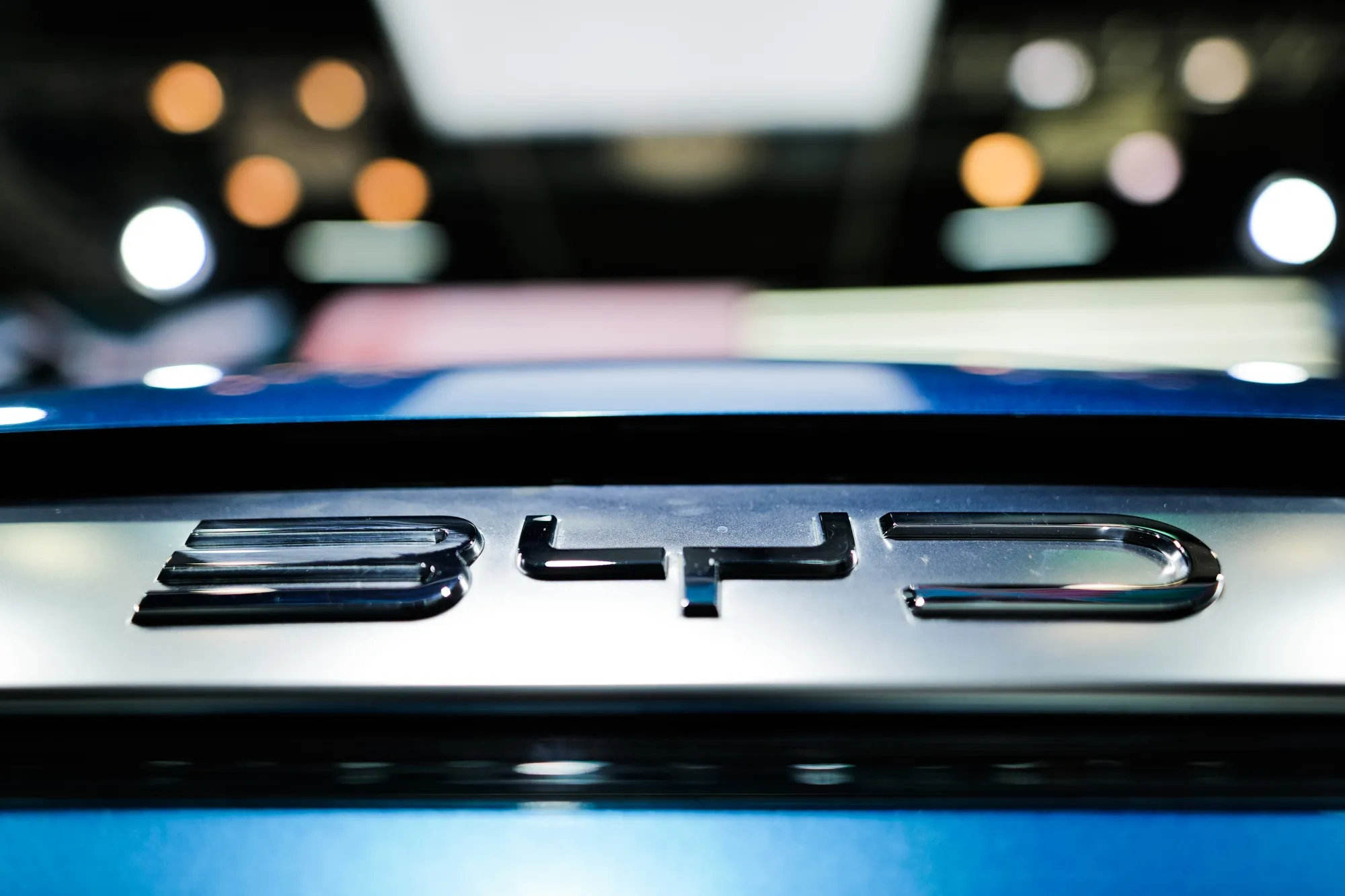Latest Government Incentives Boost Electric Car Sales: Tesla and BYD Lead
In an electrifying turn of events, global electric vehicle (EV) sales have surged to unprecedented heights, thanks to the latest wave of government incentives. According to BloombergNEF, EV sales are projected to account for 58% of all passenger vehicle sales by 2040. This meteoric rise is due, in part, to the strategic implementation of government incentives designed to make electric cars more accessible to the masses. Tesla and BYD are leading the charge, capitalizing on these incentives to expand their market presence. In this article, we’ll explore how these incentives are fueling EV adoption and analyze why Tesla and BYD are at the forefront.
How Government Incentives are Driving EV Sales
Tax Credits and Rebates
Government incentives come in various forms, with tax credits and rebates being the most prominent. In the United States, for instance, the federal government offers a tax credit of up to $7,500 for qualified electric vehicles. This initiative not only reduces the upfront cost of EVs but also enhances their appeal to budget-conscious consumers. Similarly, countries like Norway and the Netherlands provide substantial rebates and exemptions from road taxes, further incentivizing the switch to electric.
- United States: Up to $7,500 federal tax credit.
- Norway: Exemption from VAT and road taxes.
- Netherlands: Subsidies and reduced registration fees.
Infrastructure Development
Alongside financial incentives, governments are investing heavily in EV infrastructure. In 2023, the European Union allocated €750 million for the expansion of charging networks across member states. This development is crucial, as one of the main barriers to EV adoption remains the availability of charging stations. By alleviating range anxiety, these investments make electric vehicles a more viable option for everyday drivers.
Emission Regulations and Quotas
Stricter emission regulations are another driving force behind the EV boom. Governments worldwide are enforcing rigorous emission quotas, compelling automakers to innovate and produce more electric vehicles. For example, China’s “New Energy Vehicle” (NEV) mandate requires automakers to produce a certain percentage of electric cars, further boosting EV production and sales.
Tesla and BYD: Leading the Electric Revolution
Tesla’s Dominance
Tesla has long been a trailblazer in the electric vehicle industry. With models like the Model 3, boasting a range of up to 358 miles and a charging time of just 15 minutes for 175 miles, Tesla continues to set benchmarks in performance and innovation. The company’s ability to capitalize on government incentives has played a significant role in its growth. Tesla’s strategic pricing adjustments ensure that its vehicles qualify for maximum tax credits, making them more attractive to consumers.
Why Tesla Stands Out:
- Innovation: Leading battery technology and Autopilot features.
- Infrastructure: Extensive Supercharger network.
- Brand Prestige: Strong market presence and consumer trust.
BYD’s Rise
While Tesla dominates the North American market, BYD is making waves in Asia and beyond. As the world’s largest EV manufacturer by volume, BYD benefits significantly from China’s NEV quotas and subsidies. The company’s diverse product lineup, including affordable models like the BYD Dolphin, priced around $15,000, has made electric mobility accessible to a broader audience.
BYD’s Key Advantages:
- Affordability: Competitive pricing across models.
- Diverse Offerings: From compact cars to electric buses.
- Strategic Markets: Strong presence in China and expanding globally.
Practical Tips for Prospective EV Buyers
How to Choose Your First Electric Car
- Assess Your Driving Needs: Consider your daily commute and range requirements. For urban driving, a model with a 200-mile range may suffice.
- Evaluate Charging Options: Investigate local charging infrastructure and consider installing a home charger.
- Compare Incentives: Research applicable tax credits and rebates in your region to maximize savings.
Best EVs of the Year
- Tesla Model 3: Best for range and technology.
- BYD Dolphin: Best for budget-conscious buyers.
- Ford Mustang Mach-E: Best for style and performance.
Charging Guide for Beginners
- Home Charging: Most convenient; installation of a Level 2 charger is recommended for faster charging times.
- Public Charging: Utilize apps to locate nearby stations; Tesla’s Supercharger network offers fast charging options.
- Workplace Charging: Some employers provide charging stations, offering a convenient way to charge during work hours.
Conclusion: The Future of Electric Mobility
The combination of government incentives, technological advancements, and strategic market positioning by companies like Tesla and BYD is accelerating the transition to electric vehicles. As we move towards a more sustainable future, the role of government policies in shaping the EV landscape cannot be overstated. For consumers, the current market presents an opportune moment to embrace electric mobility, supported by financial incentives and an expanding infrastructure. Looking ahead, the continued evolution of battery technology and charging solutions promises to further enhance the appeal of electric vehicles, paving the way for a cleaner, greener future.
Are you ready to join the electric revolution? Share your thoughts in the comments below and stay tuned for more updates on the latest developments in the EV industry!

